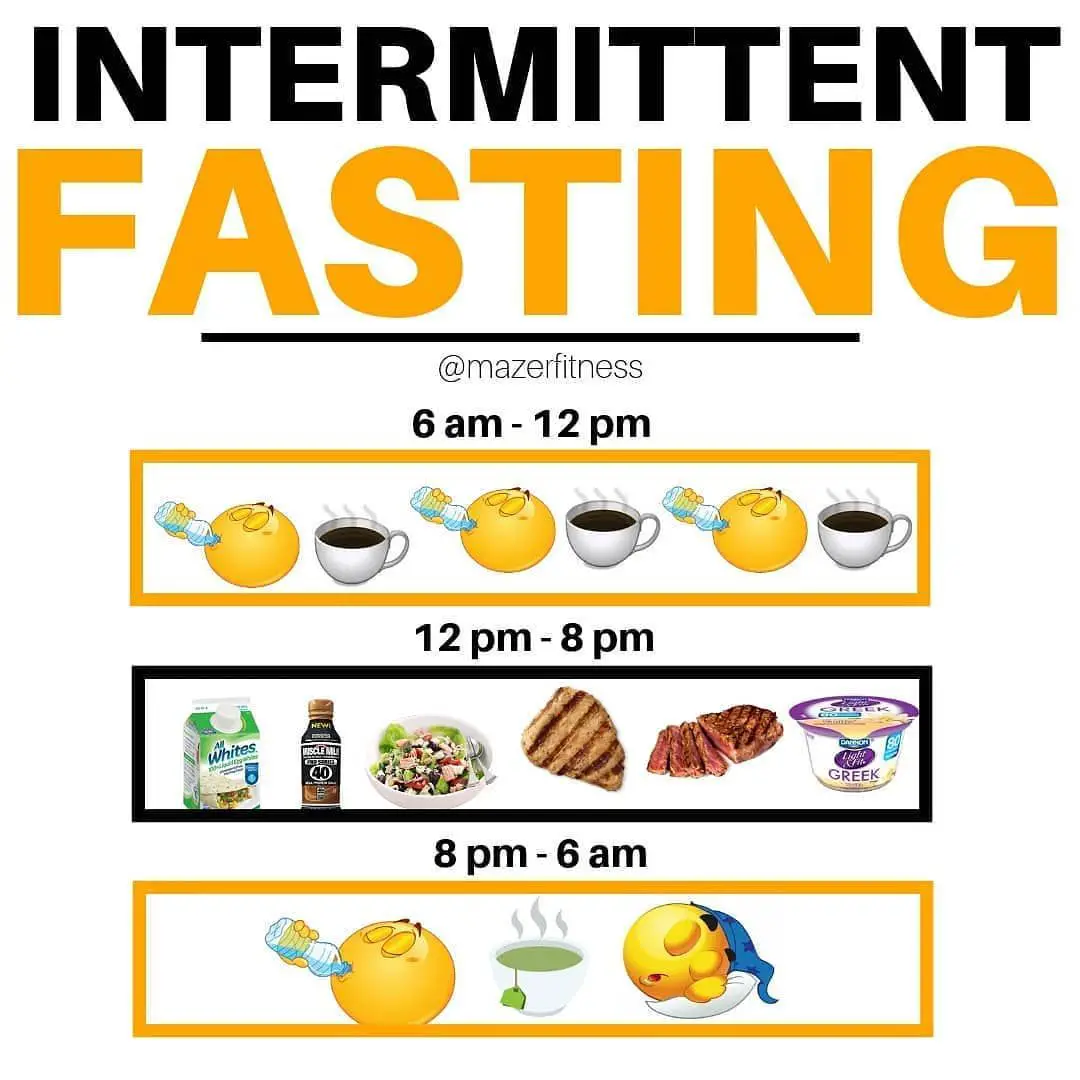
If your diet is on point but your workouts aren’t getting you where you want to be, make sure you’re still challenging yourself. Shooting for 0.5 – 1kg weight loss per week has been shown to the most sustainable and the most likely to maintain long term. If your calorie consumption is too low over time, your body starts to adjust and your BMR slows down – making it harder to lose weight. However, extremely low calorie intakes or major deficits that result in quick weight loss are often not sustainable. When you know there are 7,700 calories in one kilo it might be tempting to reach for a higher calorie deficit for faster weight loss. On the flip side, if you are already pushing yourself 2 hrs a day at the gym but don’t pay too much attention to your diet, it might be time to cut out junk food and reduce your portions to see fat loss changes. If you’re already eating a super healthy diet of lean protein, lots of veggies and whole grains, it might not be the best option to reduce your calorie intake – you’ll probably have to work harder in the gym. Here are some tips to help you get started on a successful calorie deficit plan.

You can also reference a calorie burn chart to estimate your exercise calories. There are equations where you can calculate this manually, but it can be cumbersome. The best way to estimate calorie burn is with a device that measures your heart rate and adjusts for your age, weight, and activity level. For weight loss, we want your daily net calories to be about 500 calories lower than your BMR.įood Calories – Exercise Calories = Net CaloriesĬalculating exactly how many calories your burn during exercise is tricky, because it is not an exact science. When you eat, those calories go in the “plus” calories column for the day, while exercise is where you subtract your calories. Keeping track of the calories you eat by measuring and weighing your portions is crucial for these calculations.Ĭhanging your diet is just part of the calorie deficit – you also have to factor in your exercise. If you know you can reduce your portions and cut back on carbs or fats in your diet, you can focus on a greater calorie deficit from your food. If you have a strictly healthy diet and aren’t sure where to cut calories, you might have to exercise a little bit harder. These calorie deficits come from a combination of eating less and burning more. Remembering that 1 kilo of body fat is about 7,700 calories and we want to aim for 0.5-1 kilo of weight loss per week:ĥ00 calorie deficit per day = 3,500 calorie deficit per weekħ00 calorie deficit per day = 4,900 calorie deficit per week Once you know your maintenance calories, for example let’s say 2500, we can calculate the calorie intake level needed for weight loss. Adjust your calorie intake for weight loss Multiply your BMR x Activity Factor = Maintenance Calories 2.
#NET CALORIE CALCULATOR PLUS#

Sedentary or low active job but 2 hours of exercise daily.Active job (moderate movement 8+ hours per day) and 1 hr exercise per day.Active job (moderate movement 8+ hrs per day) but no structured exercise.Sedentary or low active job with 1 hr exercise daily.Sitting most of the day with no structured exercise If you are between two levels, choose a number in the middle. Multiply the BMR you calculate above by an activity factor in this table.

Next, we have to account for the level of activity in your life. This basal metabolic rate is the number of calories your body burns at rest – if you did nothing but lay in bed all day. Women: BMR = 10 x weight (kg) + 6.25 x height (cm) – 5 x age (years) – 161 Men: BMR = 10 x weight (kg) + 6.25 x height (cm) – 5 x age (years) + 5

Jeor equation, one of several options – but is commonly researched and regarded as a good estimate.2 We’ll start by calculating your basal metabolic rate, or BMR, using the Mifflin St. To calculate your daily maintenance calorie intake, or the calories you’d eat to stay at the same weight, grab a calculator – and your most recent weight and height in kilos and cm. Calculate your daily maintenance calorie intake
#NET CALORIE CALCULATOR HOW TO#
How to Calculate a Calorie Deficit | 3 Steps 1. Whether you cut carbs fat or fast intermittently – they usually all result in a calorie deficit to see weight loss.ġ kilo of body fat contains about 7,700 calories, and losing weight at about 0.5-1 kilo per week has been shown to be safe and sustainable. By Claire Muszalski How is a Calorie Deficit important for weight loss?Ĭalorie deficits are the single most important factor for weight loss.1 No matter what the latest diet trend is, the common factor among successful weight loss plans is a calorie deficit.Nutrition Food Calories Chart | What's In Your Fruit, Veg, Meat And Other Daily Produce?Ī guide on the calorie content of every day foods.


 0 kommentar(er)
0 kommentar(er)
